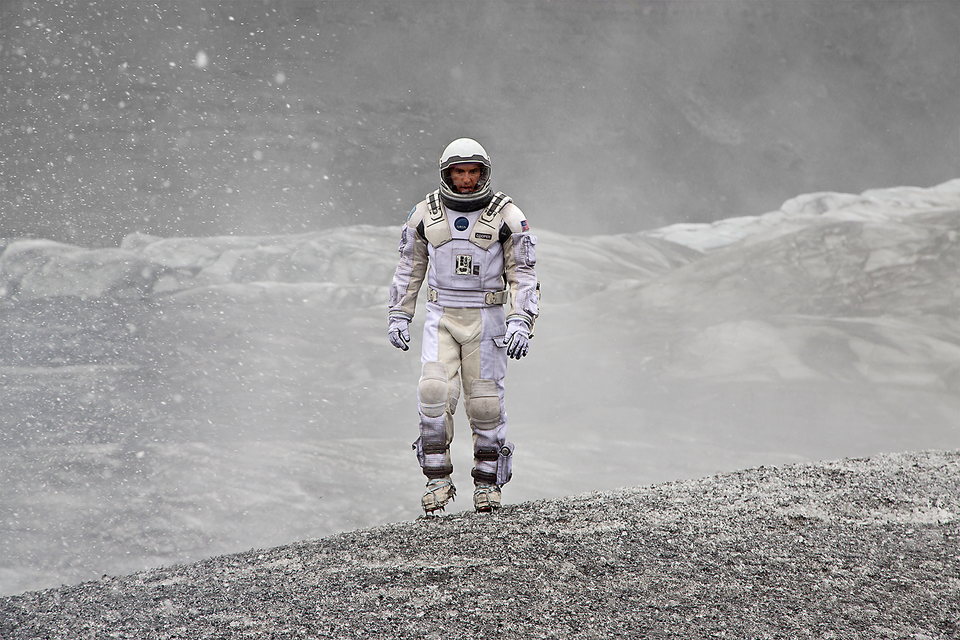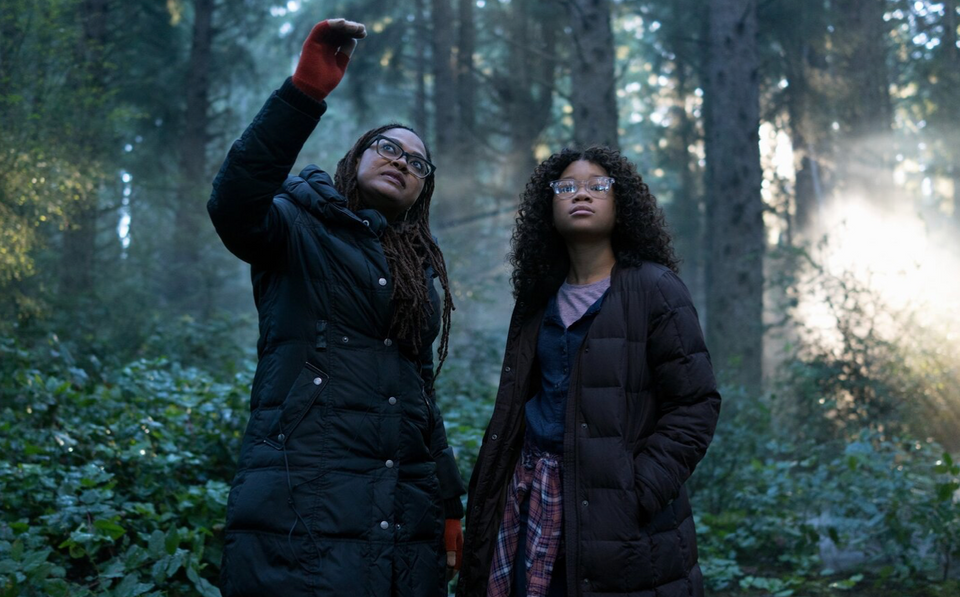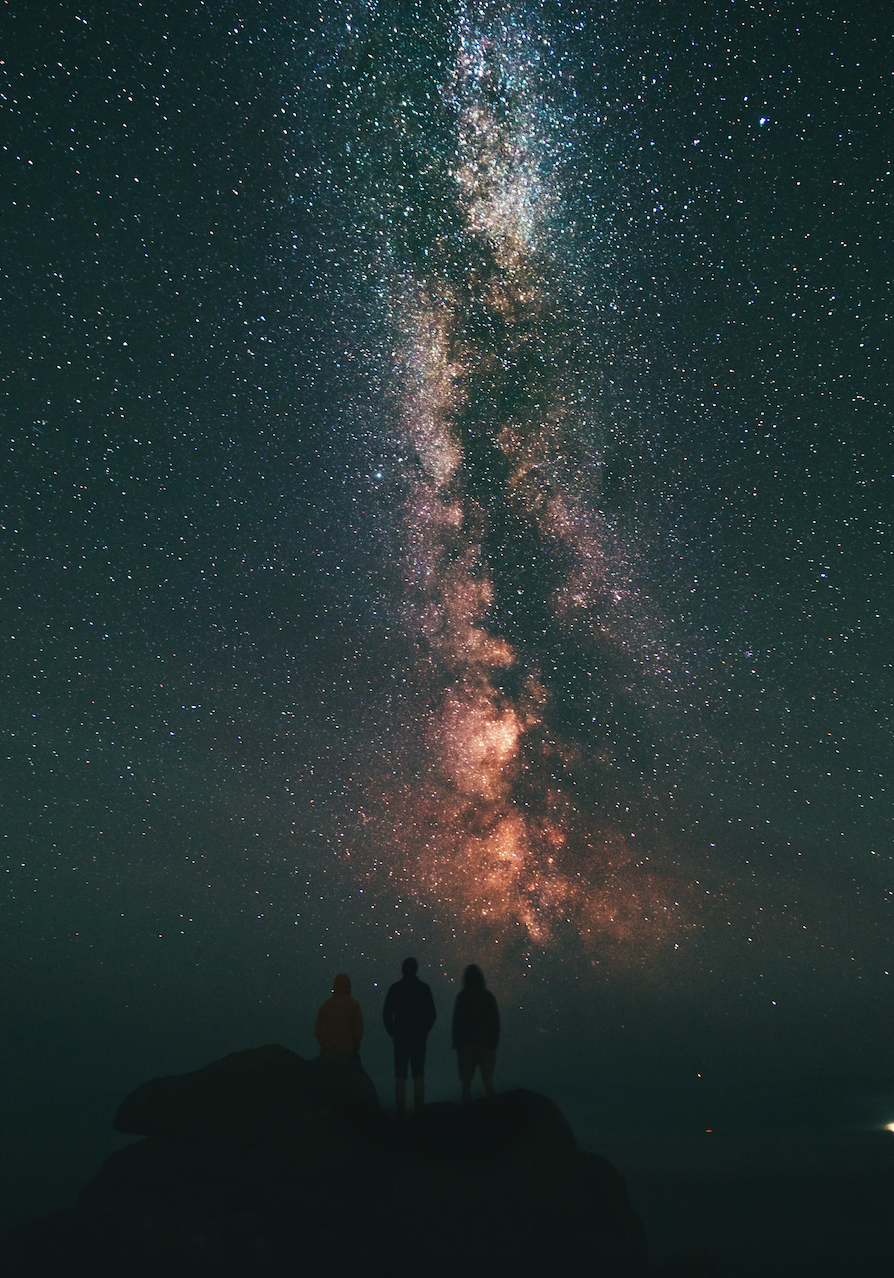A lot of buzz has surrounded Christopher Nolan’s latest thriller, Interstellar. But in the bevy of space-themed television and films, from Battlestar Gallactica to last year’s Oscar winning Gravity, should we care that yet another large-production space film has captivated journalism and the public? Beyond the impressive cast, Nolan’s resume as a philosophical auteur (Memento, The Prestige, Batman Trilogy, Inception) is reason enough to go.
The opening setting is a Steinbeck-esque throwback to the 1930s Dustbowl crisis where the farmer and his family face the imminent destruction of their crop’s yield. It is an American agrarian vision, nostalgic of folk culture and architecture. Think of Grant Wood and Andrew Wyeth’s farmhouses, even the Kansas whitewashed sideboard structure, homes perfectly at home along the cornfields in The Wizard of Oz. Set in base of the mountains in Alberta Canada, Interstellar is a pastoral-turned-science-fiction. We don’t know when this is other than the near future. However we know that something has gone tragically wrong. The land is ravaged; the dust storm is apocalyptic, congesting the lungs and destroying the fields. Humanity requires an Exodus.
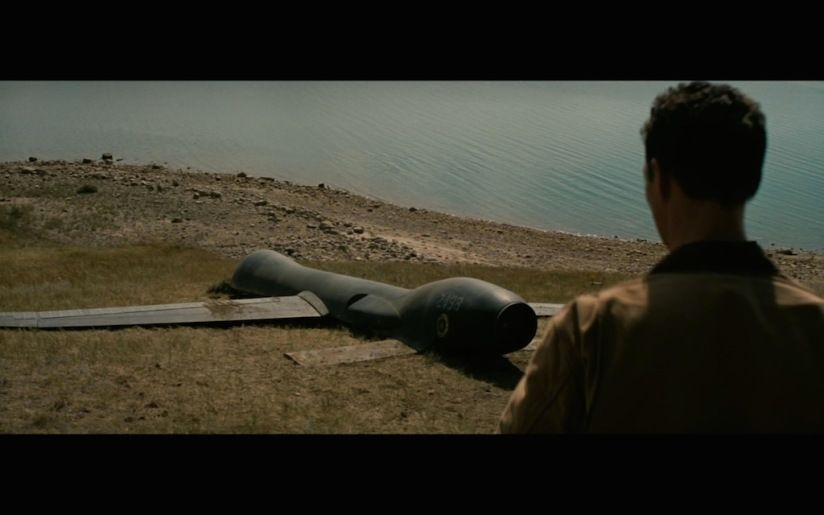
Interstellar’s odyssey, unlike Kubrick’s or Cuarón’s, is not merely the triumph of the human over the technological machine. Rather, it is a moral study in underscoring human motivations, treacheries, collaborations and love. Like all odysseys it is about a journey, and classically speaking, this odyssey is about the journey home.
Matthew McConaughey’s character is Cooper, a pilot and farmer, but first and foremost—a widowed father. His close relationship with his son Tom and daughter Murph are the pulse of the film. Cooper departs in order to save them and aches to rejoin them. He expresses during his nightly ritual on the porch, sipping beers with his father Donald (John Lithgow) in the golden-hour Malick light: “We’ve forgotten who we are—pioneers, explorers, not caretakers…We used to look up and wonder about our place in the stars, now we look down and worry about our place in the dirt.” The relation to the soil is shared in humanity—in the earth’s very humus. In a sense, Cooper suggests that humans have stopped becoming philosophers because survival has taken precedence. But at what expense? Does one make us more human without the other? Cooper remembers just enough of what humanity has forgotten to remember to not forget.
The kitchen functions as the microcosm of the narrative, the nuclear unit of the family as the oikos (household). Much takes place in the domestic space, particularly the kitchen, as a congregating point throughout the film. The most common axis point of the home becomes juxtaposed to cosmic exploration. It is around the breakfast table that we hear Murph first comment on the disturbance in her bedroom bookcase due to an unidentifiable “ghost.”
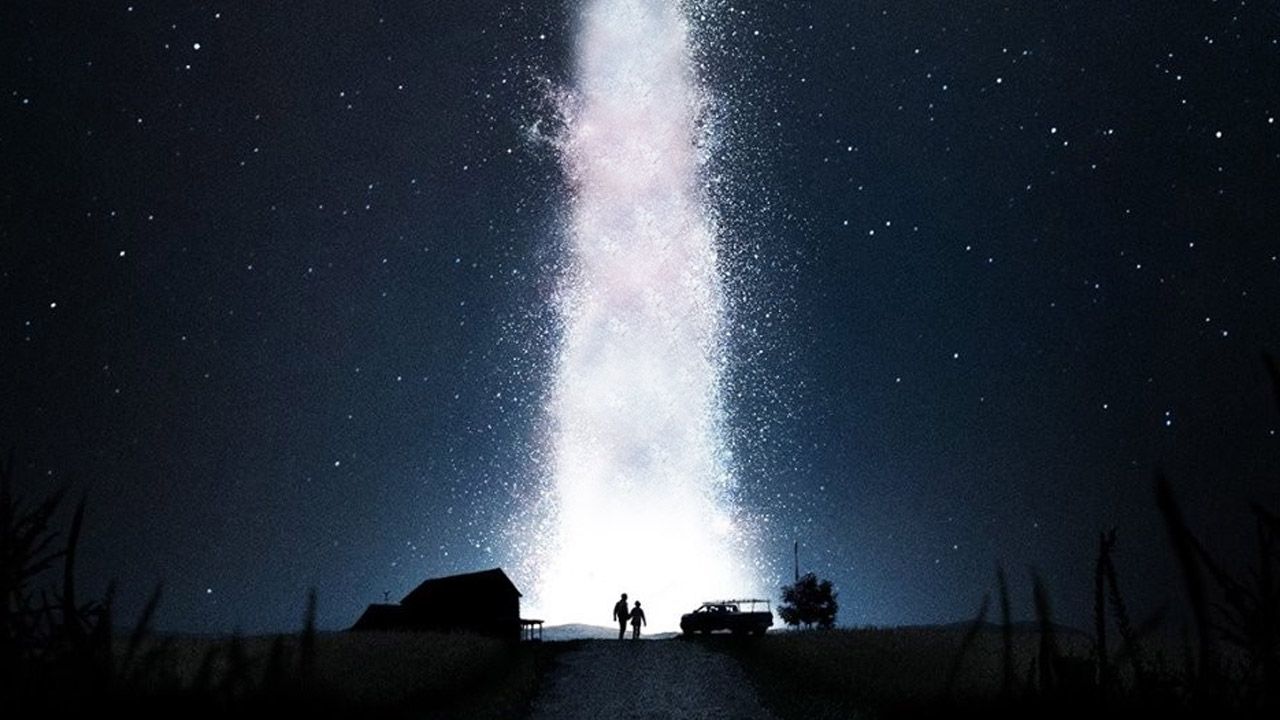
In episode 4 of “Cosmos: A Spacetime Odyssey,” Neil de Grasse Tyson explains that astrophysics William Hershel referred to the stars as “ghosts” because they are remnants of the past. To look at the stars is to look back in time. Not to provide spoilers, but the relationship of stars to time is what Murph encounters from her bookcase: gravity.
It is helpful to think about last year’s Gravity in comparison. Alfonso Cuarón’s Gravity is in ways the antithesis of Interstellar. While narrating a more seemingly realistic story of a doctor repairing the Hubble telescope, the events that follow are scientifically impossible. In contrast, Interstellar is imaginative in its narrative depiction and scientific in its execution.
Gravity highlights space’s silence. What originally provides a calm work environment for Dr. Ryan Stone (Sandra Bullock) turns into a leviathan of nothingness. It is episodic as we watch frame by beautiful frame what happens to Stone, from the explosion to space stations to reentry. With very little dialogue, we do not know Stone’s story or very much about her life other than the daughter she lost. Emmanuel Lubezki’s brilliant cinematography visually captures Stone’s solo survival instincts as she evolves from a floating fetal position aboard the space station to the film’s ending, where she crawls out of the water and slowly stands erect as a bipedal, human-as-deity-in-nature. Is this final frame the film’s underlying thesis? Human survival is self-reliance
Additionally, Gravity’s musical score intentionally highlights the void of space through psychological and emotional sounds as a backdrop to the progression of each scene. We hear fear as we watch Stone’s thinly veiled despair turn to resignation. It is almost a joke that Lieutenant Matt Kowalski (George Clooney) appears in her imagination as the deus ex machina for her survival. It gestures towards Gravity‘s underlying thesis that the void has the last word. Yet this assumption is interrupted by this unlikely dream in which Kowalski more or less saves Stone’s life. Is it artistically honest that the film negates the inevitability of what it portrays because it cannot concede to nihilism’s finality?
Quite differently from Gravity, Hans Zimmer’s score of organ music in Interstellar creates the sonic architecture of a cathedral, giving the film religious overtones. Some have suggested that it indicates the film is an argument for science as the new religion. However, Anne Hathaway, in an interview with Time, quotes Einstein: “Science without religion is lame; religion without science is blind.” The music is more than intense, at times it echoes of Bach and Requiem compositions. Other times, the single strike of the piano key is the immanent reminder of time passing. The metronomic click echoes the watch hand that ticks for Cooper and Murph, preciously lost.
One can almost channel McConaughey’s character, Rust Cohle, from this year’s “True Detective” on his Nietzschean discourse of “time as a flat circle” to the metronomic tick tock. At faster speeds, one feels the exhausted plodding march, perhaps a musical leitmotif of the film’s recurring quotation of the Dylan Thomas poem, “Do not go gentle into this good night.” We hear the slavish toil of the music pass time like a ticking clock, spinning round and round like the Endurance spacecraft. Yet when the organ pulls back, we hear relativity break its slavery to time into a waltz rhythm, as a kind of cosmic dance.
Dr. Amelia Brandt (Anne Hathaway), a female biologist, is responsible for fostering biodiversity and habitat on the potential worlds. She is the Eve figure, the mother of future living things, a “shepherd of being” as Heidegger would say. She expresses to Cooper on the Endurance one of the film’s most important speeches: “love is the artifact of a higher dimension that we do not understand, beyond social utility. We love those that have died. It is the one thing we are capable of perceiving that transcends time and space.” Understanding the component of love is critical for considering the underlying theme of the film. At times we ask, is it love that holds the universe together or is it gravity? Is Nolan asking us to choose? Are they in ways, the same?
For the medieval cosmologist, love was the underlying component that held the universe together. In Dante’s Divine Comedy, Love is the primum mobile (“first mover”) that governs and orders the cosmos: “the love moves the sun and the other stars.” Interstellar is not claiming to be Dante, but it is not rejecting love from the fifth dimension either.
In this way, concerning the relation of faith and science, Robert Zemeckis’ Contact (1997) is anticipatory of Interstellar. It is another film where science is ultimately taken on faith through the experience of love. Dr. Eleanor Arroway (Jodi Foster) attempts to communicate with extraterrestrial life, which eventually leads her to visit Vega. Here she discovers that her deceased father has been the source of her extraterrestrial communication, loving her across the dimensions of space and time. Her father contacted her in such a way that he knew Arroway would one day discover it. From this vantage point, it a similar story to Interstellar—Cooper’s relationship with Murphy, a father-daughter collaboration, corresponds across multiple dimensions through the language of love.
Interstellar extends the tradition of science fiction films that underscore the moral condition of the human within a technologically savvy narrative. Hallmarked by Kubrick and Carl Sagan, Nolan’s odyssey joins the lineage of film that utilizes mystery (even faith) to inform our familial relationships. Indeed, maybe the most important dynamic in the cosmic order is love.

